In 1997 Jared Diamond won the Pulitzer Prize for Guns, Germs and Steel a book that should be compulsory reading to all those who are interested in the potential power of a pandemic to change the world.
The germs he was writing about includes the likes of today’s Covid-19 but covers the history of the Black Plague, Cholera and the 1919 Spanish, 1957 Asian and 1968 Hong Kong flu outbreaks.
Diamond details how pandemics have unpredictable impacts on societies, and we should never underestimate the unforeseen consequences of the power of germs to change the world.
Twenty years after publication, the risk of new disease outbreaks has increased in multitudes as the globalised world has rapidly shrunk.
Currently around 60% of the emerging diseases are considered to be zoonoses, diseases transmitted to humans by animals, with 75% of new human pathogens detected in the last 30 years having made the leap.
These are coming out of the 1.6 million unknown viruses in birds and mammals of which over half of these agents could pose a future zoonotic risk.
Fortunately, Covid-19 as one of these diseases is not going to be a big killer, the really big pandemics of history take out up to a third of the population however there have only been a handful of them in the last 2000 years.
But despite the low risk we have been busy building a world perfectly tuned to the rapid spread of new lethal animal to human diseases. New germs are jumping the species barrier at ever greater rates simply because of our ever closer mixing of animals with humans.
The spark risk formula comes from the 100 billion animals across the globe that are part of intensive farming systems, along with the increasing numbers of wild animals that daily become bush tucker and the mixing of the wild with domestic animals in live street markets in countries which should know better or those who can’t afford to do better.
Next, add to the cocktail 7.8 billion people, a heaving global mass of humanity that is increasing at the rate of 126,000 a day, the majority of which are, like bats to McBeth’s cauldron heading to live in the world’s 500 biggest cities – think Blade Runner on steroids.
For those of you who think you are safe being isolated from town and country on the farm think again. You might not be so worried about what happens in a big city in China, or India or Indonesia it’s not the death of millions that you can do anything about, it’s the loss of millions of dollars of farm capital from not preplanning for the next pandemic that you can mitigate against.
History shows us that lethal pandemics can cause economic ravage on the scale of total war. The impact of large mortality shocks and the resulting demographic shifts have directly impacted economies in the distant past in such a profound way that the changes still resonate today.
Three examples have links to the structure of the global agricultural world we compete in.
The Black Death of the Middle 1300s saw up to a third of Europe’s population wiped out, leading to a massive movement of landless peasants off the estates of the rich nobility into the cities, all chasing higher wages on the back of labour shortages. The changes marked the end of feudalism and the rise of the modern family farmer of which many of us can trace links.
Another big epidemic with strong agricultural links was the smallpox outbreak in the North Western Native American Indian population in the 1770s, another deadly disease that wiped out up to a third of that population.
The depopulation that resulted, opened up massive swathes of prime agricultural land for easy conquest by aggressive land hungry white Americans and Europeans, a migration that kick started the rise of America and Canada as global agricultural powerhouses.
Finally, the Spanish Flu of 1919 has been linked to the collapse of the fragile post war Russian food supply chain which helped tip the Bolsheviks into power and ultimately lead to the rise of communism and the collectivisation of Russian and later Eastern Europe farm land.
The result was the collapse of one of the world’s great bread baskets as communism destroyed Russia and the Ukraine ability to export grain. While it wiped out millions of small eastern European farms it was a gift for struggling Australian farmers who proceeded to build a global grain market out of communist incompetence and gave our farmers a 70 year head start until the collapse of communism saw the Black Sea come roaring back to life.
On a smaller scale, the arrival of the Spanish flu in Western Australia led to the closure of Fremantle port to shipping, a prelude to what’s happened today with the state government refusing to let the cruise ships unload.
The waterside workers in 1919 banned the unloading of ships with cases of the flu fearing for their own health, leading to what became known as the Bloody Sunday riots or the Battle of the Barricades, today marked by a memorial fountain in Fremantle’s Kings Square paying tribute to Tom Edwards, killed by the police during the riot.
If you wondered about the psyche behind the recent state government’s draconian measures on social isolation and regional movement which are going further than the federal governments recommendations, then links can be drawn to long past memories of what happened back in 1919.
“The Dimboola had sailed into Fremantle in April carrying infected passengers. The state government, pressured by the prime minister to subvert their own quarantine period, organised scabs to unload it. The “Freemantle Lumpers Union”, bearing the paradoxical acronym FLU, mobilised on the fateful day to stop scabs brought in boats down the river.” Red Flag – 20/3/2020.
A pandemic leading to an economic shock to the system results in big and small social and economic changes from revolution, to riot, to road blockages.
This current pandemic is hopefully not going to see any of these nor any great death toll, at least not in Australia, but in a globalised environment it would be naive not to think that it won’t have an impact on agriculture, trade relations, labour relations, food security and the movement of people.
While it’s too early to predict what’s going to be the long term repercussions, I would be taking the following lessons away for Western Australian farm businesses.
Ag Visa: The push for an ag visa and easy access to workers from the Pacific, New Zealand and backpackers is now likely to be dead at least until unemployment falls back to pre-virus levels.
Local Labour: As we have seen the first thing to be shut on the back of the next pandemic will be the Australian borders, followed by state and then regional areas. Hence the cost benefit equation of relying on overseas or interstate workers for broadacre farms has to be recalibrated in favour of local town based Australian workers.
Farm Supplies: We have been lucky so far that for the most ag chemicals, fertiliser, wool bales and parts have all continued to flow, we may not be so lucky next time.
As we become more and more reliant on China this risk will only increase. The one thing we can guarantee is memories will be short and the search for the most economical farm inputs will continue unabated, so the supply chain risk will continue to grow.
Food Security: This epidemic will focus the minds on countries that are highly dependent on food imports to build greater food security. Hence expect ongoing interest by sovereign investment funds to buy agricultural land and/or processing and storage operations in low sovereign risk countries like Australia.
Open Ports: Shipping, ports and containers nearly came to a standstill during the current crisis. The days of just in time ordering now comes with a risk premium, how much fuel have you got on farm?
Clearly, pandemics are a risk to your farm business. Have you factored in the next one?











